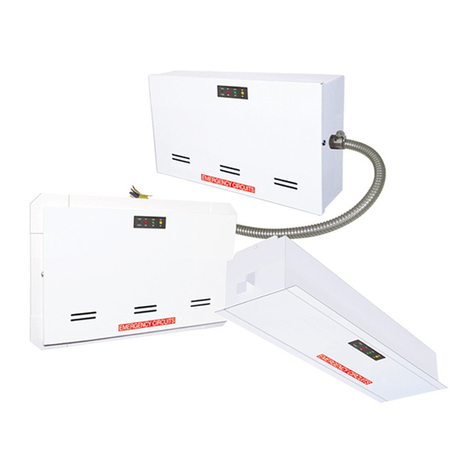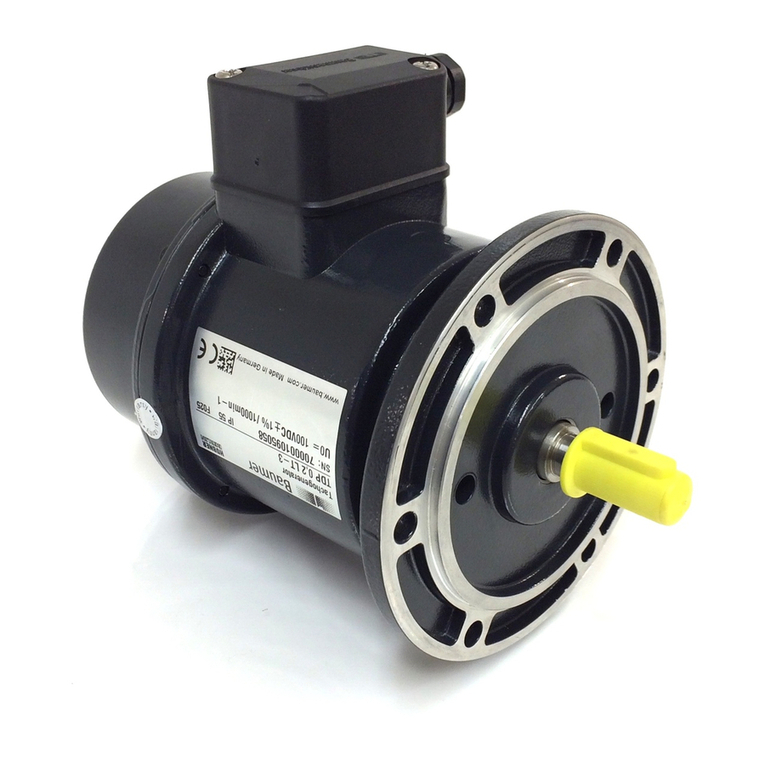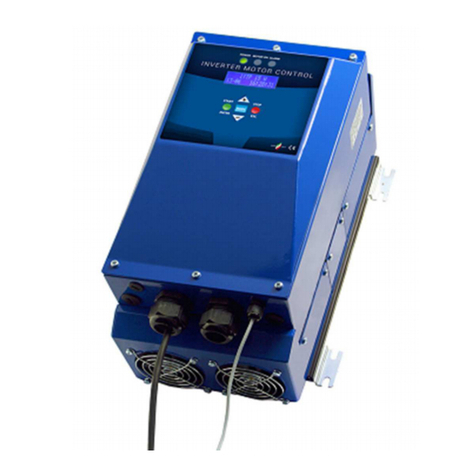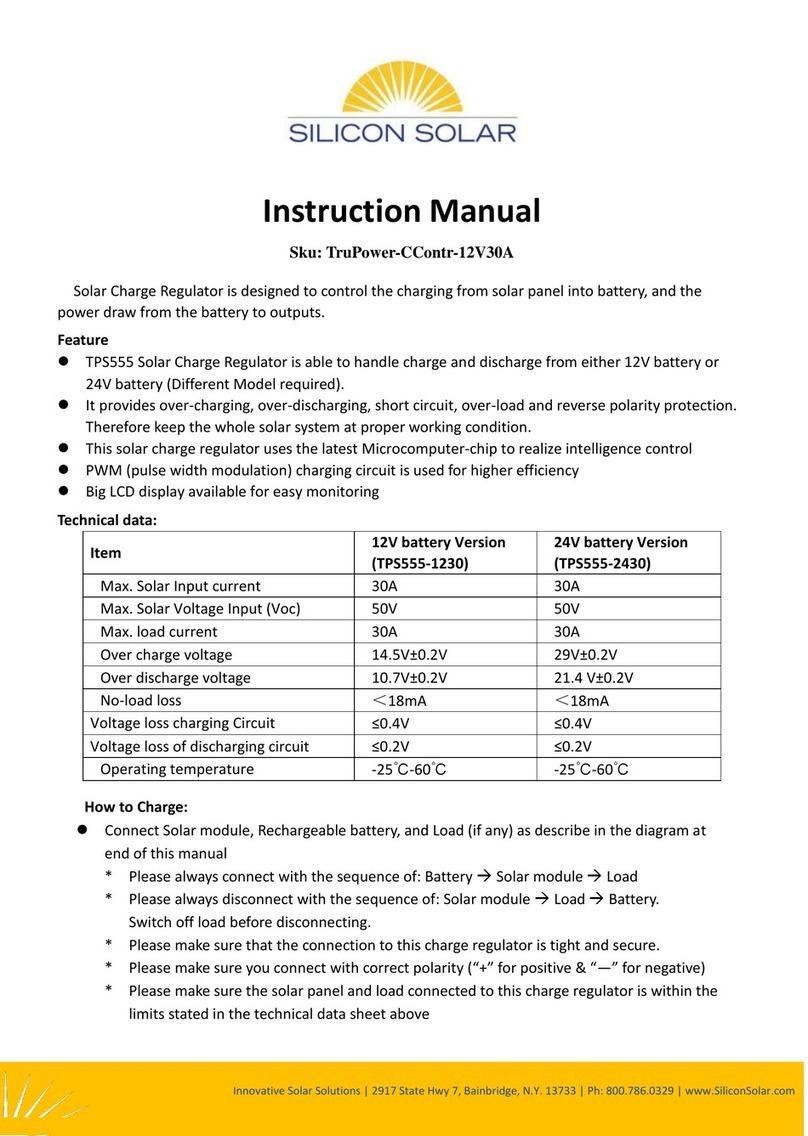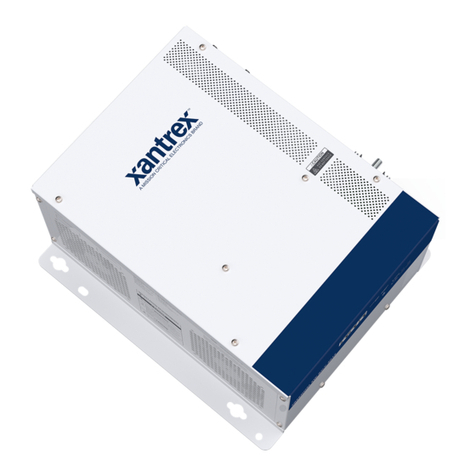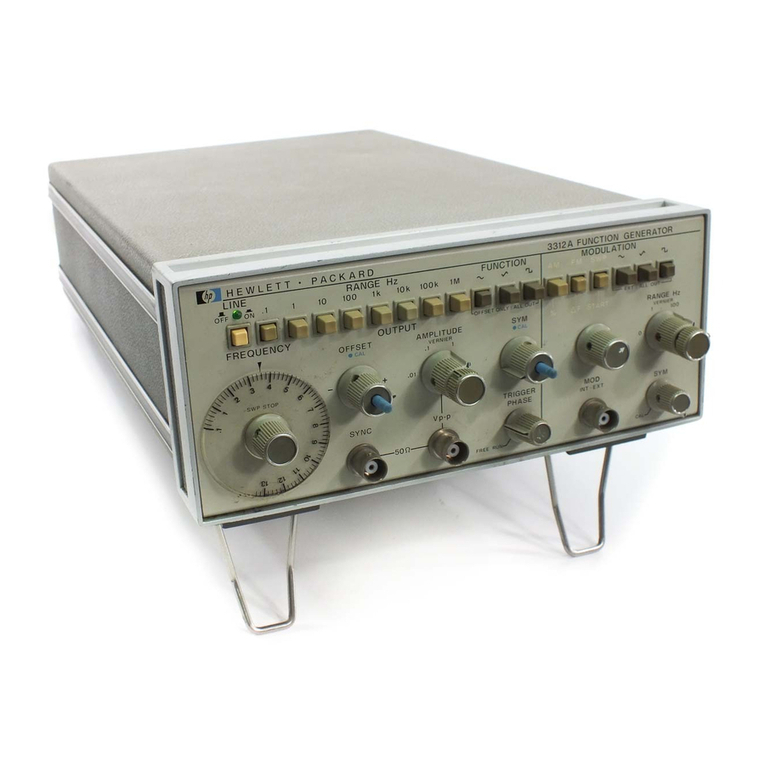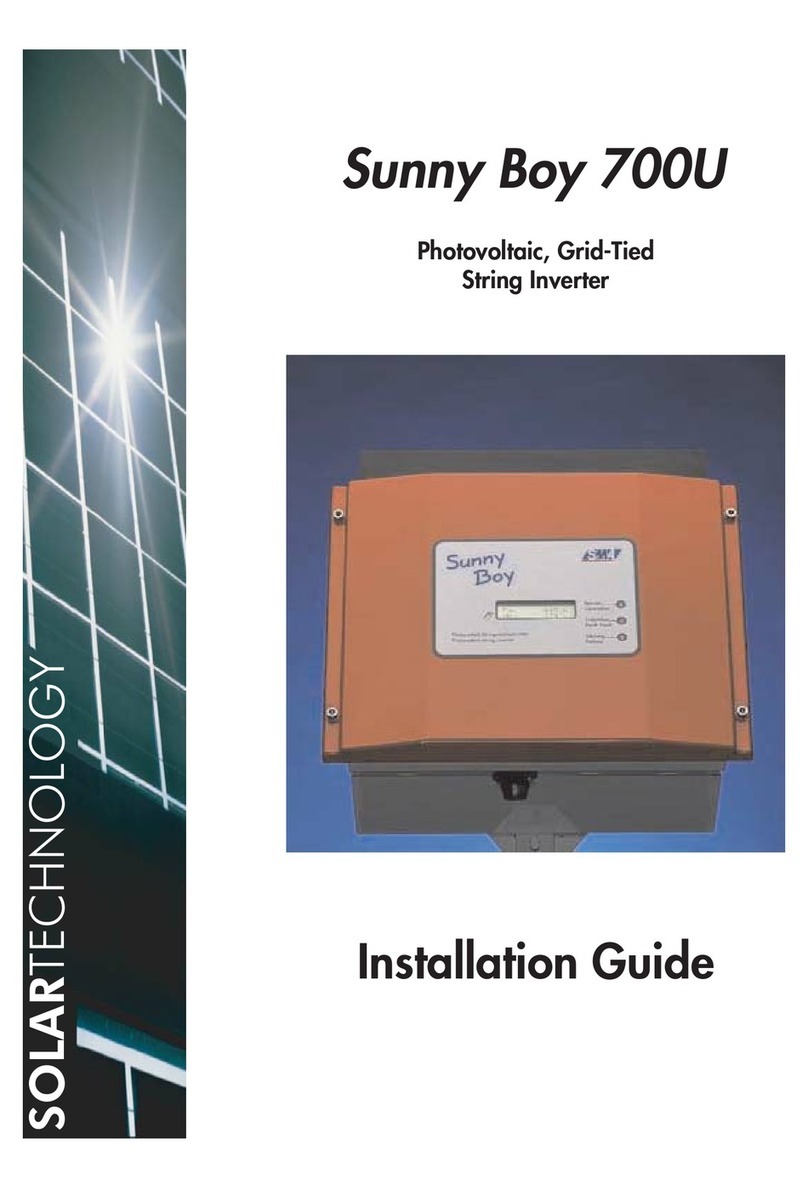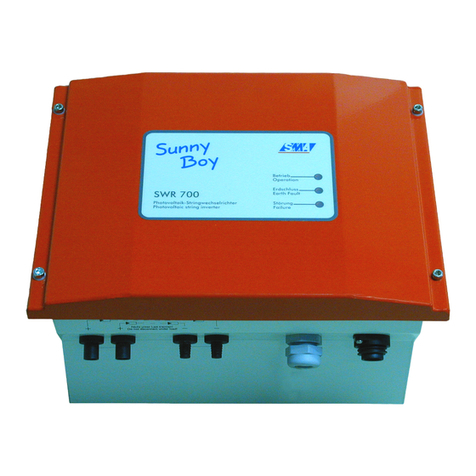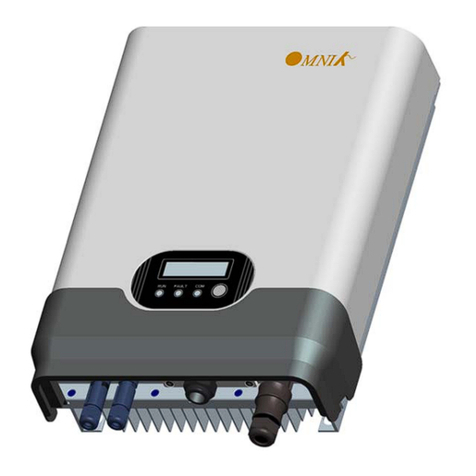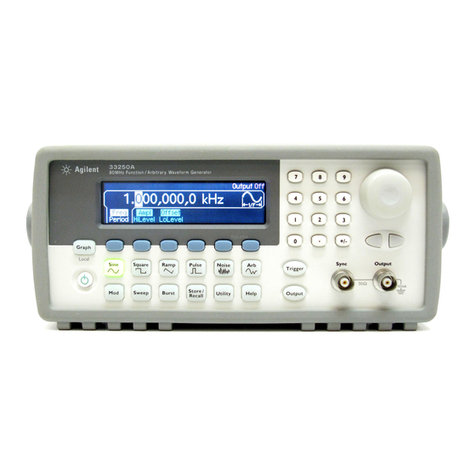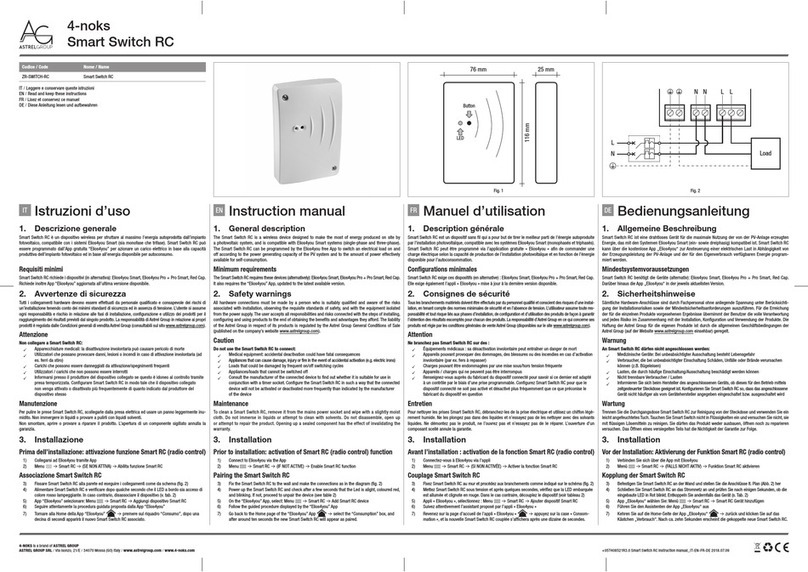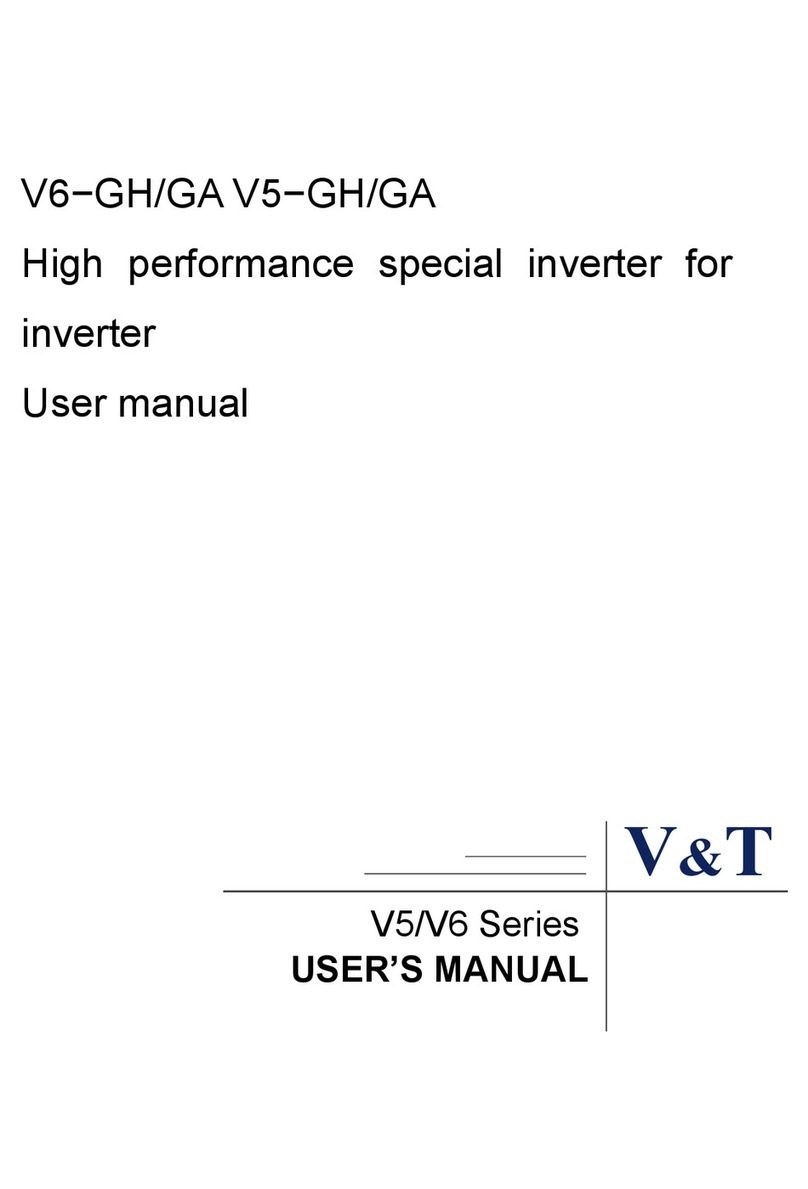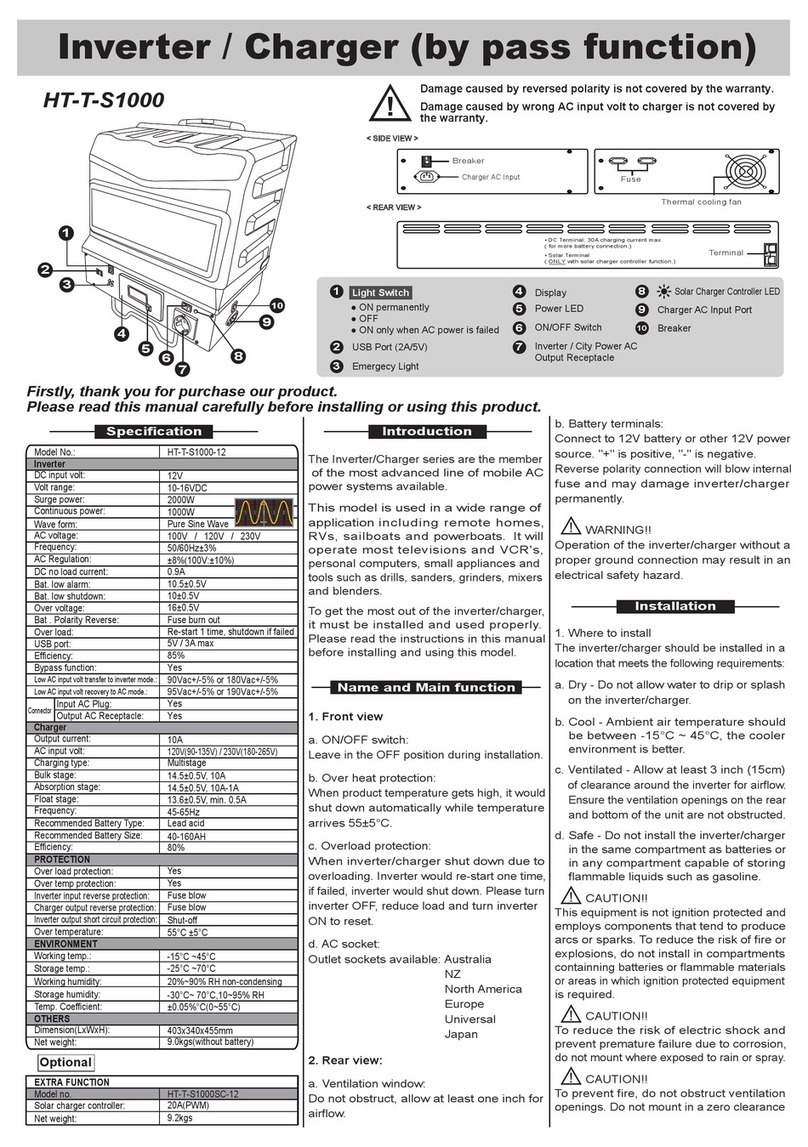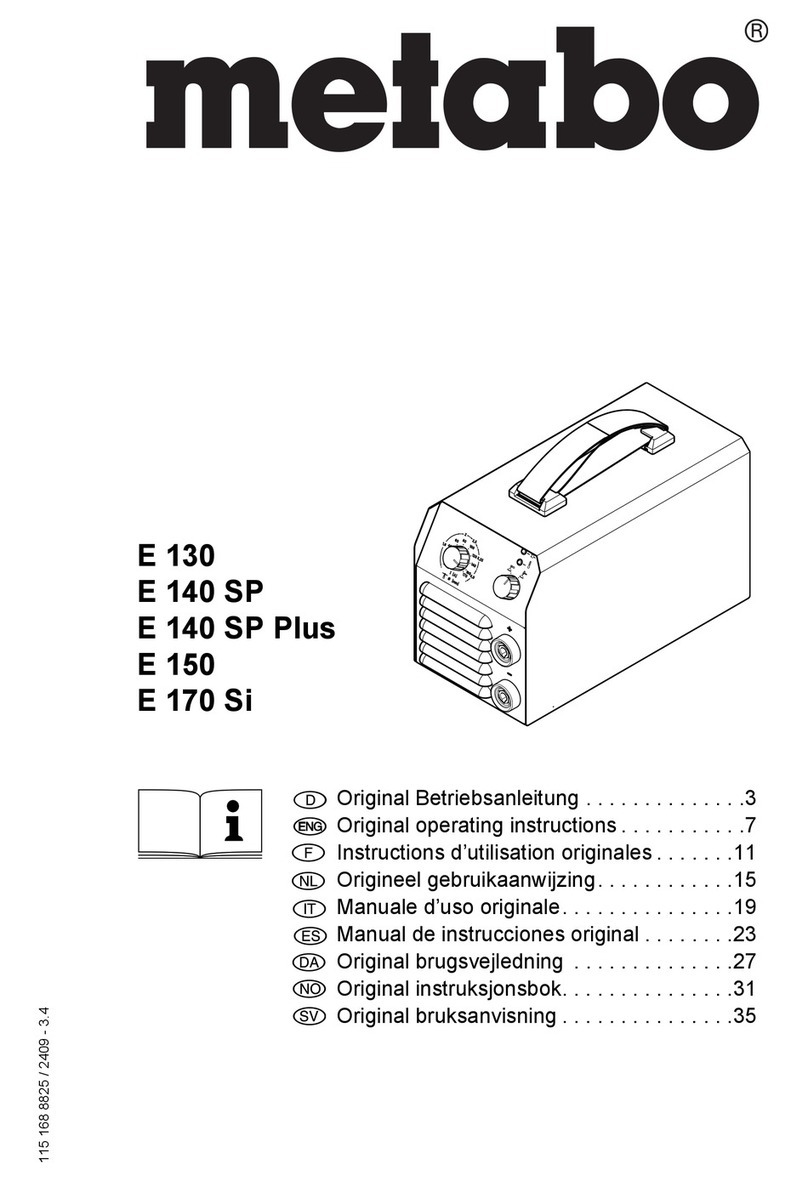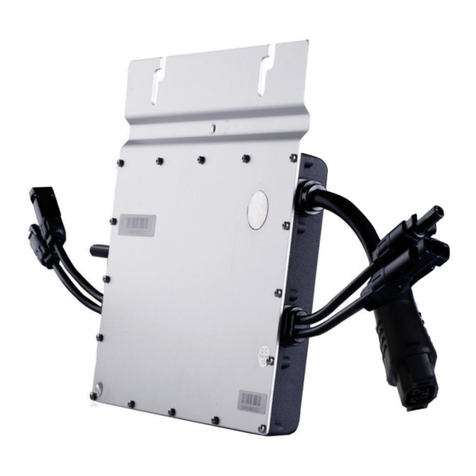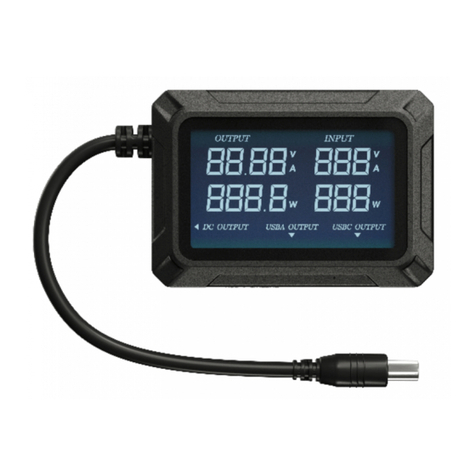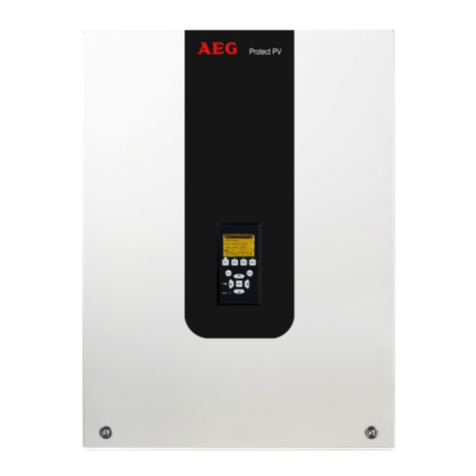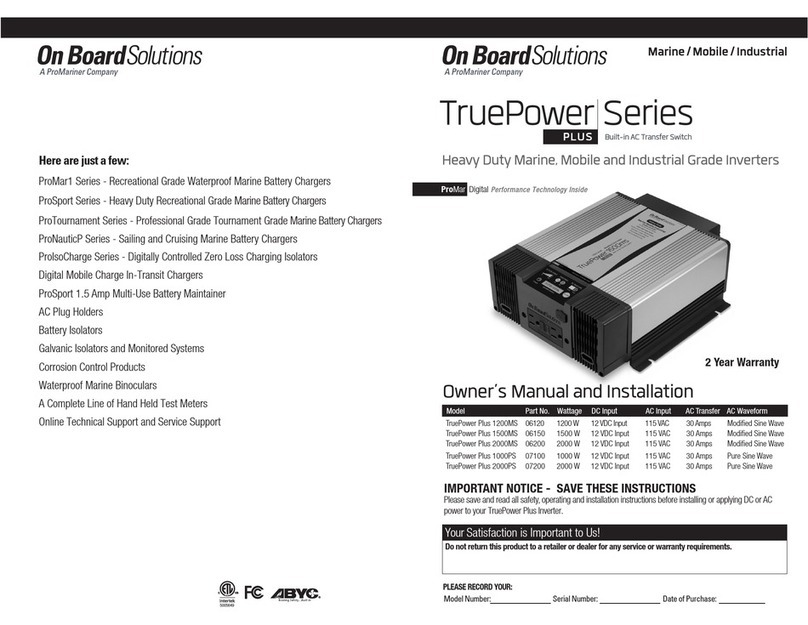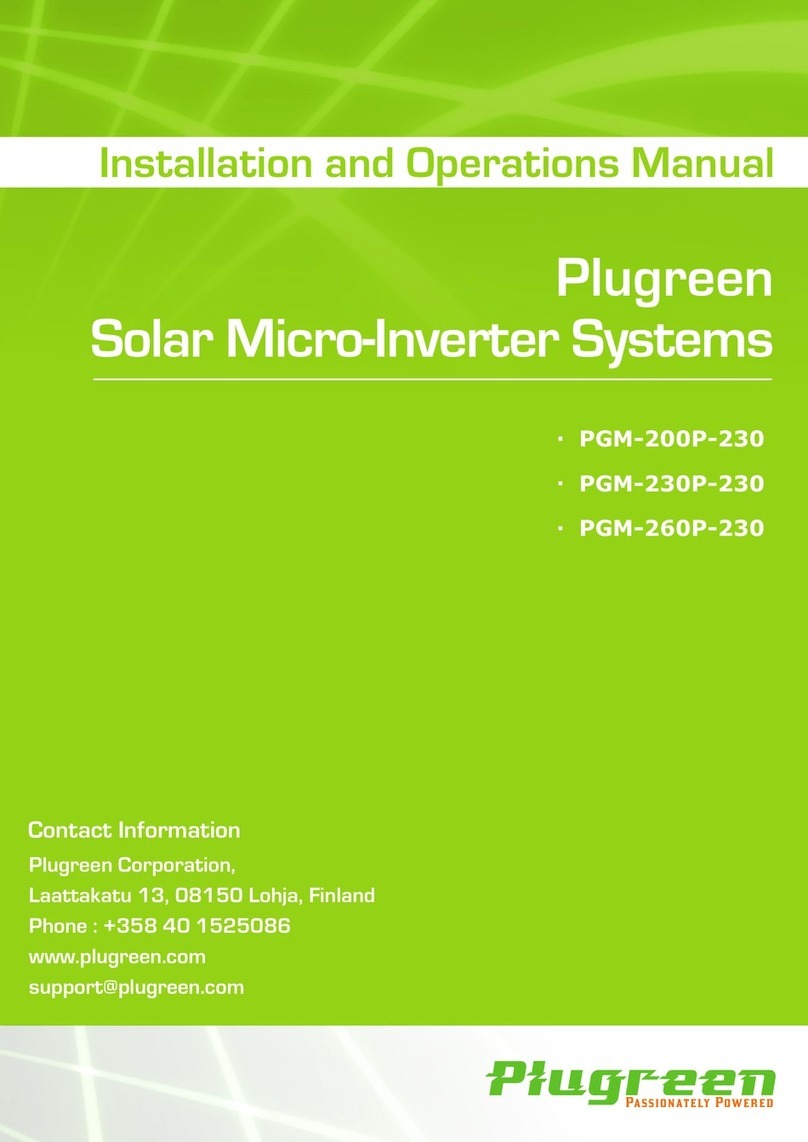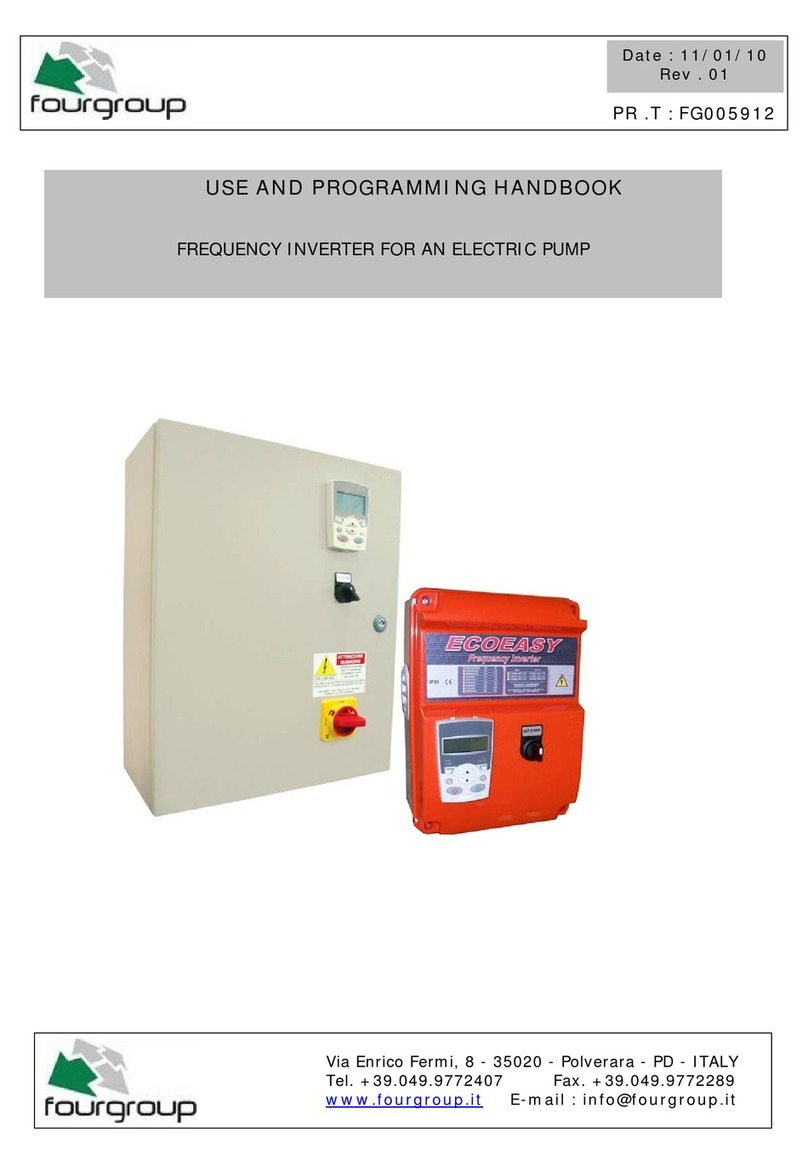
Sunny Boy 700 Technical Description
SB700-11:EE - 4- SMA Regelsysteme GmbH
Table of Contents
1Introduction..........................................................................................................6
2System Description..............................................................................................7
2.1 String Technology.......................................................................................8
2.2 Diagnosis and Communication.................................................................10
2.3 Technical design of the Sunny Boy 700....................................................11
3Installation.........................................................................................................16
3.1 What must be done in case of transport damages? .................................16
3.2 Placement of the Sunny Boy.....................................................................17
3.3 Electric Connection...................................................................................22
3.3.1 Connection to the Electricity Grid.........................................................23
3.3.2 Connection of the PV-panels................................................................25
4Commissioning..................................................................................................30
5Operation and Failure Indication LEDs..............................................................32
5.1 Opening and closing of the Sunny Boy.....................................................46
6System Monitoring and Diagnosis.....................................................................49
6.1 Data Transmission via Powerline..............................................................49
6.2 Data Transmission with a Separate Data Cable.......................................51
6.3 Upgrading or modification of the Sunny Boy interface..............................59
6.4 Graphic User Interface under Windows....................................................62
6.5 Measuring Channels and Messages of the Sunny Boy............................64
6.6 Measurement Precision............................................................................67
7Troubleshooting.................................................................................................68
8Warranty Regulations and Liability....................................................................70
9Technical Data ..................................................................................................72
10 Appendix ...........................................................................................................80
